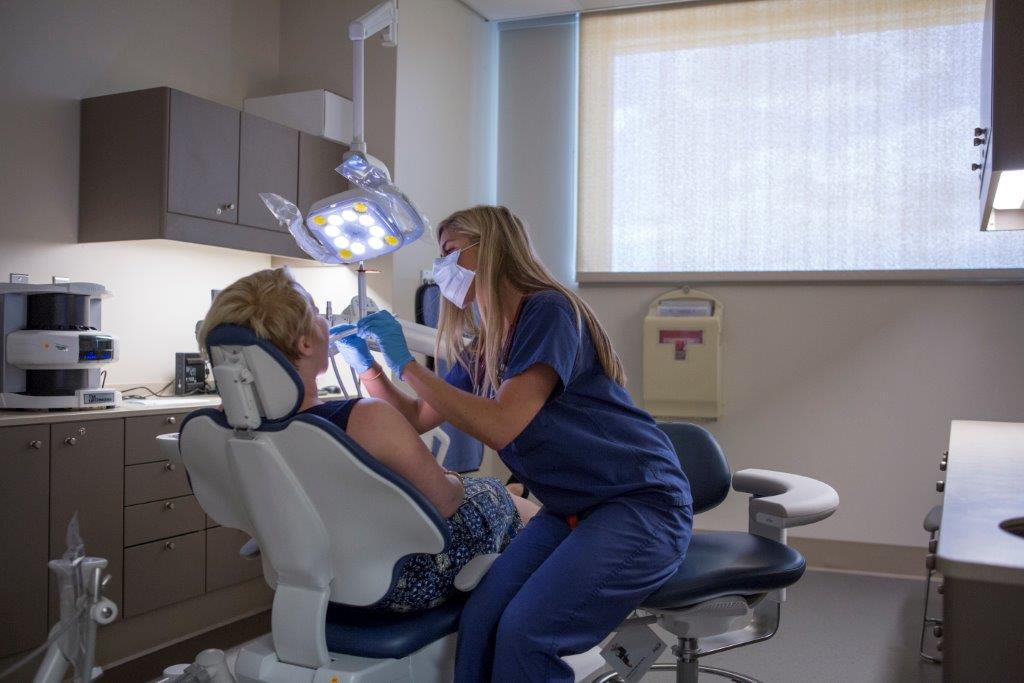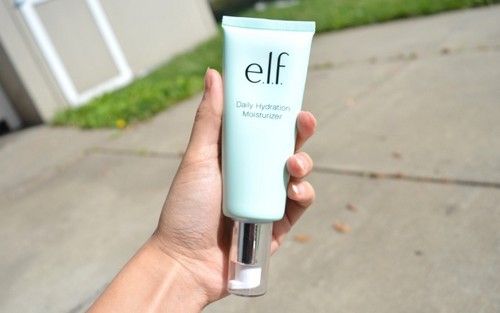Nobody expects it to happen, but it does – more often than you’d think. Whether it’s a cricket ball to the face, a tumble off your bike in South Bank, or your kid taking an elbow during Saturday footy, knocked-out teeth are one of those emergencies that can happen to anyone, anywhere.
The good news? If you act fast and know what to do, there’s a real chance your tooth can be saved. The bad news? You’ve got a very small window to make it happen. Let’s walk through exactly what you need to do when facing this dental emergency, step by step.
The First 30 Seconds: Don’t Panic
First things first – take a deep breath. Yes, there’s likely blood, and yes, it looks scary, but panicking won’t help anyone. Your immediate priority is finding that tooth. Look around carefully because time is absolutely critical here.
When you find the tooth, here’s what you need to know: only touch the crown (the white part that was visible in your mouth). Never, and I mean never, touch the root. Those tiny fibres on the root are what help your tooth reattach, and damaging them kills your chances of saving the tooth.
If the tooth is dirty, give it a gentle rinse with milk if you have it handy, or clean water if you don’t. But here’s the key – don’t scrub it, don’t use soap, and don’t dry it off. Just a quick, gentle rinse to remove any obvious dirt or debris.
The Golden Hour: Your Best Chance at Saving the Tooth
Dental experts reckon you’ve got about an hour to get that tooth back where it belongs, but honestly, the sooner the better. Every minute that passes reduces your chances of successful reimplantation.
The absolute best place for your knocked-out tooth is back in its socket. If the person who lost the tooth is conscious and calm enough, try gently placing it back in position. Don’t force it – if it doesn’t go in easily, don’t push it. Sometimes the socket gets damaged too, and forcing things will only make matters worse.
If you can’t get the tooth back in its socket, you need to keep it moist. Your best options, in order of preference, are:
- In your mouth (tucked between your cheek and gums)
- In milk (not skim milk – full cream works best)
- In saliva (spit in a clean container and pop the tooth in)
Whatever you do, don’t put it in water. Plain water actually damages the root cells, which is the opposite of what we want here.
At this point, you need professional help immediately. This isn’t something you can sort out at home with a bit of Panadol and hope for the best. You’ll need to book an emergency dentist appointment Brisbane as quickly as possible, because every minute counts when it comes to saving that tooth.
Managing Pain and Bleeding
While you’re getting organised to see a dentist, you’ll probably be dealing with pain and bleeding. The bleeding might look worse than it actually is – mouths tend to bleed quite a bit even from minor injuries.
Apply gentle pressure with a clean cloth or gauze to control bleeding. If you don’t have gauze handy, a clean tea towel works just fine. Don’t use tissues – they tend to stick to the wound and make things messier.
For pain relief, stick to what you’d normally take – paracetamol or ibuprofen work well. Avoid aspirin though, as it can increase bleeding. A cold compress on the outside of your cheek can also help with both pain and swelling.
Getting Professional Help Fast
Here’s where having a plan matters. Not all dental practices offer emergency services, and definitely not all of them are open on weekends. If this happens on a Saturday arvo or during Sunday lunch, you’ll need to know where to turn.
A reliable brisbane emergency dentist will see you straight away for something this serious. They understand that knocked-out teeth can’t wait until Monday morning, and they’ll have the equipment and expertise needed to give your tooth the best chance of survival.
When you call, let them know exactly what’s happened. Tell them:
- When the tooth was knocked out
- Whether you’ve managed to put it back in the socket
- How you’re storing the tooth
- Your current pain level
This information helps them prepare for your arrival and ensures they can work as quickly as possible once you get there.
What Happens Next?
The dentist will clean the area, possibly give you a local anaesthetic, and attempt to reimplant the tooth. They’ll then splint it to the neighbouring teeth to hold it in place while it heals. This isn’t a quick fix – you’re looking at several weeks of healing time, and you’ll need follow-up appointments to make sure everything’s going well.
Sometimes, despite everyone’s best efforts, the tooth doesn’t take. But even when reimplantation isn’t successful, acting quickly and properly gives you options. Your dentist can discuss alternatives like dental implants or bridges.
The Bottom Line
Knocked-out teeth are scary, but they’re not hopeless. The key is acting fast, handling the tooth properly, and getting professional help immediately. Don’t wait to see if the pain gets better – when it comes to dental emergencies like this, time really is everything.
Remember, this can happen to anyone at any time. Whether you’re playing sport, riding your bike, or just having a bit of rough and tumble with the kids, accidents happen. The important thing is knowing what to do when they do.



